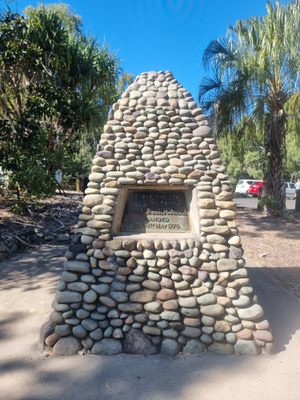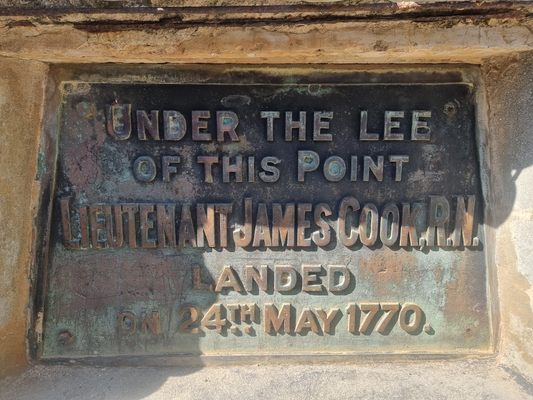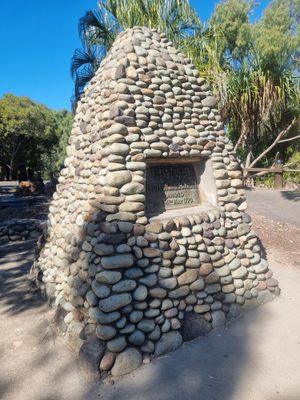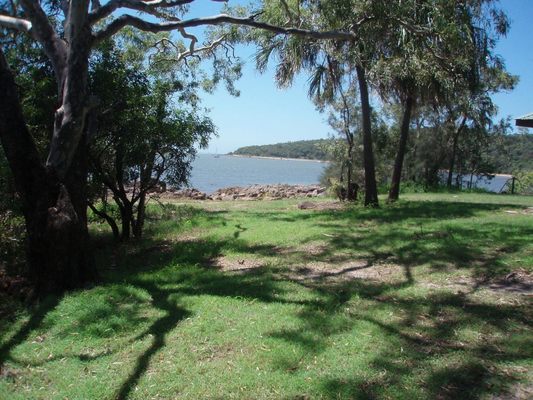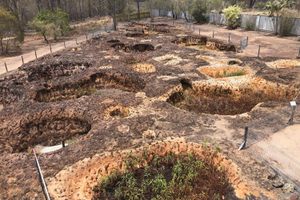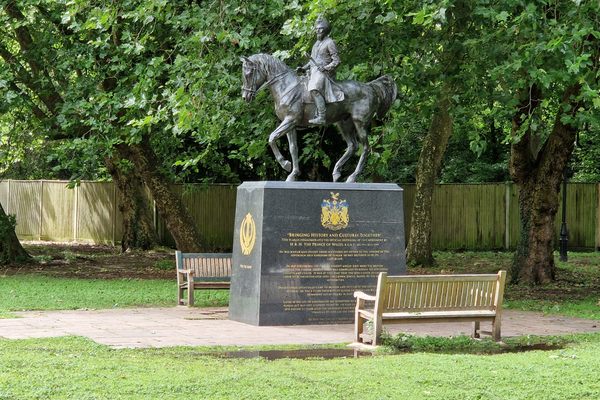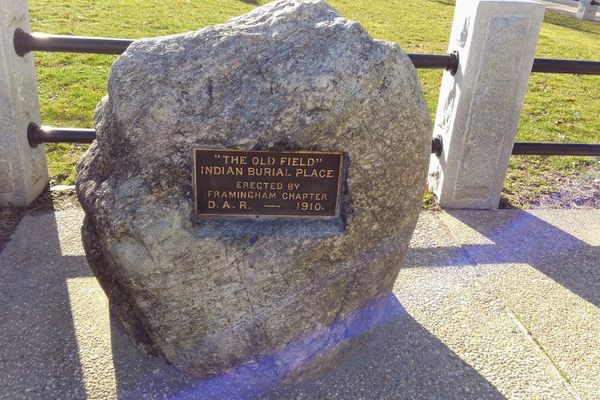About
On May 23, 1770, Captain James Cook and the crew of the HMS Endeavour dropped anchor off the coast of what would become the state of Queensland, coming ashore onto a small peninsula on the continent of New Holland— now present-day Australia.
Cook wrote of the excursion in his journal: "In the AM I went a shore with a party of men in order to examine the Country ... as yet we had seen no people but saw a great deal of smook [sic] up and on the west side of the Lagoon which was all too far off for us to go by land excepting one this we went to and found 10 small fires in a very small compass and some cockle shells laying by them but the people were gone."
The party did however find several large birds resembling the English great bustard, prompting Cook to give the peninsula a new name: Bustard Bay. This event marked Cook's second landing in Australia—he had become the first recorded European to set foot on the continent's eastern coastline only a month earlier, on April 29.
Cook believed that he was bringing an enlightened vision of the world to the so-called “savage lands” that he and his crew were exploring. He brought Western livestock, crops, and weapons. But when the Indigenous people were uninterested in remaking their cultures in the British model, Cook's treatment became increasingly tyrannical.
In 1925, the Royal Geographical Society of Queensland began fundraising for a monument to commemorate Cook's second landing. Hoping to pinpoint the exact spot, the society reached out to the community for information, writing in a local newspaper, "There should not be much difficulty in identifying this spot, and it should be the pleasing duty of any reader of this who is familiar with Bustard Bay to furnish information on the point."
A local man named Frank Haly responded, saying he had a vast knowledge of the landing location. The following year, Haly joined the society in finding the spot. Using Cook's journals as a reference guide, the group retraced his steps, finally settling on a spot overlooking Bustard Bay. The monument cairn was installed in 1926. The village of Seventeen Seventy (often written as 1770) was established in the 1930s and named for the year of Cook's arrival.
As of the 2016 census, Seventeen Seventy had a population of 69 people. The community holds a re-enactment of the landing each year as part of the 1770 Festival in May.
Related Tags
Community Contributors
Added By
Published
September 17, 2021
Sources
- https://www.nma.gov.au/exhibitions/endeavour-voyage/cooks-journal/may-1770
- https://en.wikipedia.org/wiki/Cook%27s_Landing_Place,_Town_of_Seventeen_Seventy
- https://www.couriermail.com.au/news/queensland/gladstone/1770-or-seventeen-seventy-historic-towns-identity-crisis/news-story/79da5f755c2eeed1bea3537912412d7a
- https://www.bl.uk/the-voyages-of-captain-james-cook/articles/an-indigenous-australian-perspective-on-cooks-arrival
